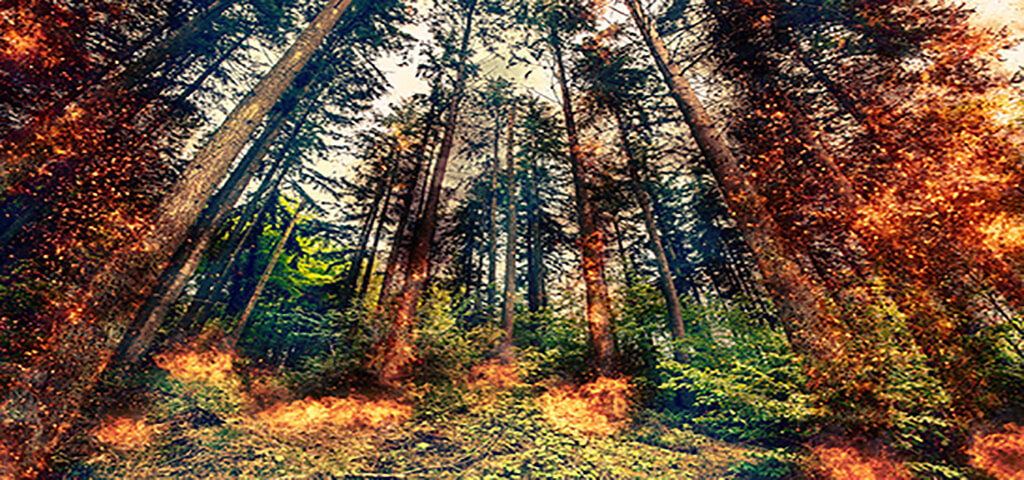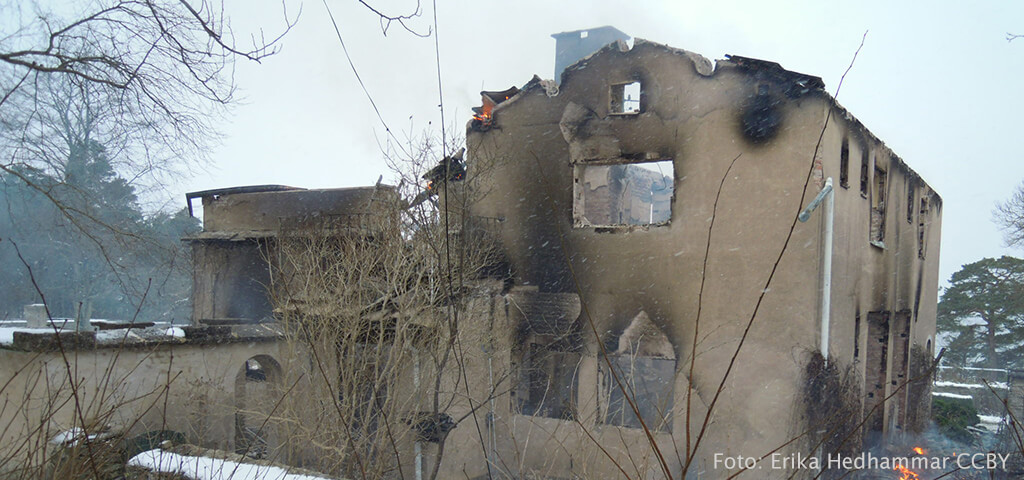
Modelling thermal runaway initiation and propagation for batteries in dwellings to evaluate tenability conditions The aim of this project is to simulate the initiation and propagation of thermal surge in batteries using a multiphysics model at multiple scales and to compare the simulated results with experimental data. In addition, a short circuit test will be […]

Certain application of composites requires it to pose no fire hazard. However, addition of fire-retardants to polymers, although enhances their flame resistance, it is severely detrimental for their mechanical properties. It is critical that a holistic improvement of performance properties is attained meaning betterment of one property should not compromise another. This is the main […]

The number of fatalities in residential fires has levelled off in recent decades and Vision Zero seems difficult to achieve right now. In addition, there seems to have been an increased risk polarization. At present, there is good knowledge both in the research community and the local emergency services how both residential fires and the […]

The project has two overarching objectives. On the one hand, it is to increase knowledge about the costs that housing fires entail for property owners and, on the other hand, to examine the effectiveness of various preventive measures. Examples of preventive measures can be technical solutions such as a stove guard and portable sprinklers or […]

För att nå hållbarhetsmålen 2030, används bl.a. biobränslen såsom biomassmassa, flis för energiproduktion och även sorterat avfall återförs produktion i allt högre omfattning. En konsekvens av detta är en ökad mängd bränder på grund av självantändning med kraftig brandutveckling som följd. Det finns flera exempel på senare år som kräver stora insatser av räddningstjänsten. Dessa […]

Sparks from the contact between metal and stone have been debated extensively in recent years, both in and outside the scientific sphere, especially in forestry due to the fact that many of the major forest fires in Sweden are considered to have started from forestry machines at work. Exactly how this happened, however, is still […]

The building sector is very important for Sweden and the Swedish economy. The climate impact of the building sector in Sweden is close to 10 million ton CO2-equiv. per year. Further the sector corresponds to approximately 40% of Sweden’s total energy use and creates a significant portion of the total material flows in and waste […]

In Sweden we have many buildings that are valuable from a cultural-historical perspective and in many of them there are also culturally valuable objects. These buildings are often built at a time when there was less knowledge and technical solutions to create fire safety through technical measures that reduces the risk of injury to people […]

Flame retardants are commonly used as a way to reduce the risk of fire. However, many of the currently used flame retardants are toxic and hazardous for the environment. Therefore, there are incentives to find safer alternatives. In nature, there are many substances that can function as non-toxic and environmentally friendly flame retardants. Phytic acid […]

In this work, a review of current literature on artificial intelligence (AI) and more specifically machine learning (ML) is presented. ML is illustrated by two case studies where artificial neural networks are used for regression analysis of 110 spalling experiments and 81 Fire Dynamics Simulator (FDS) models of tunnel fires. Tunnel fires are often assessed […]









